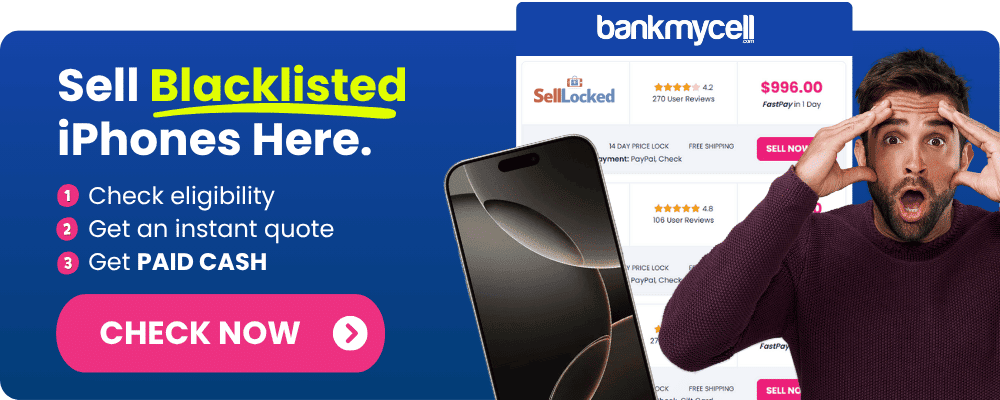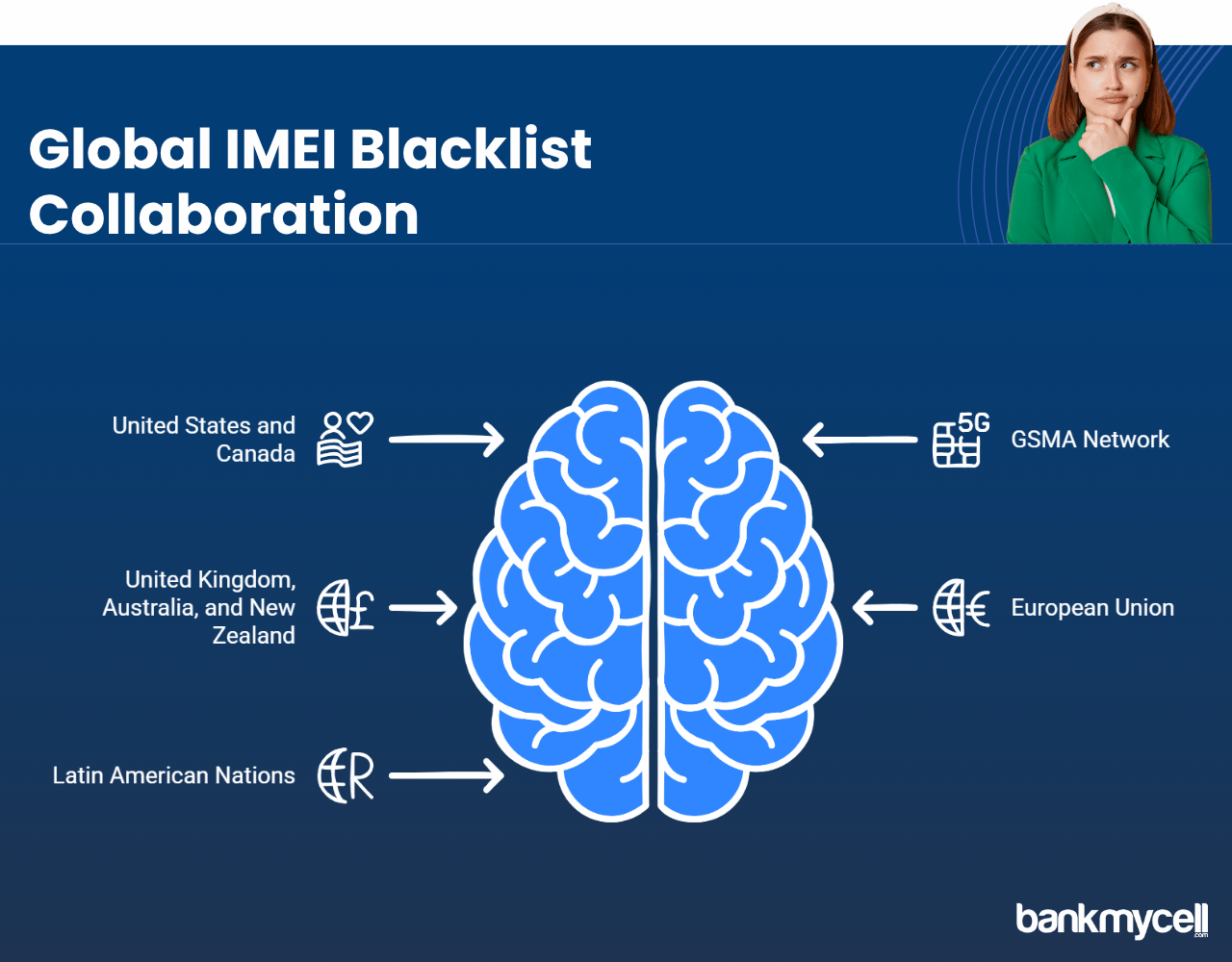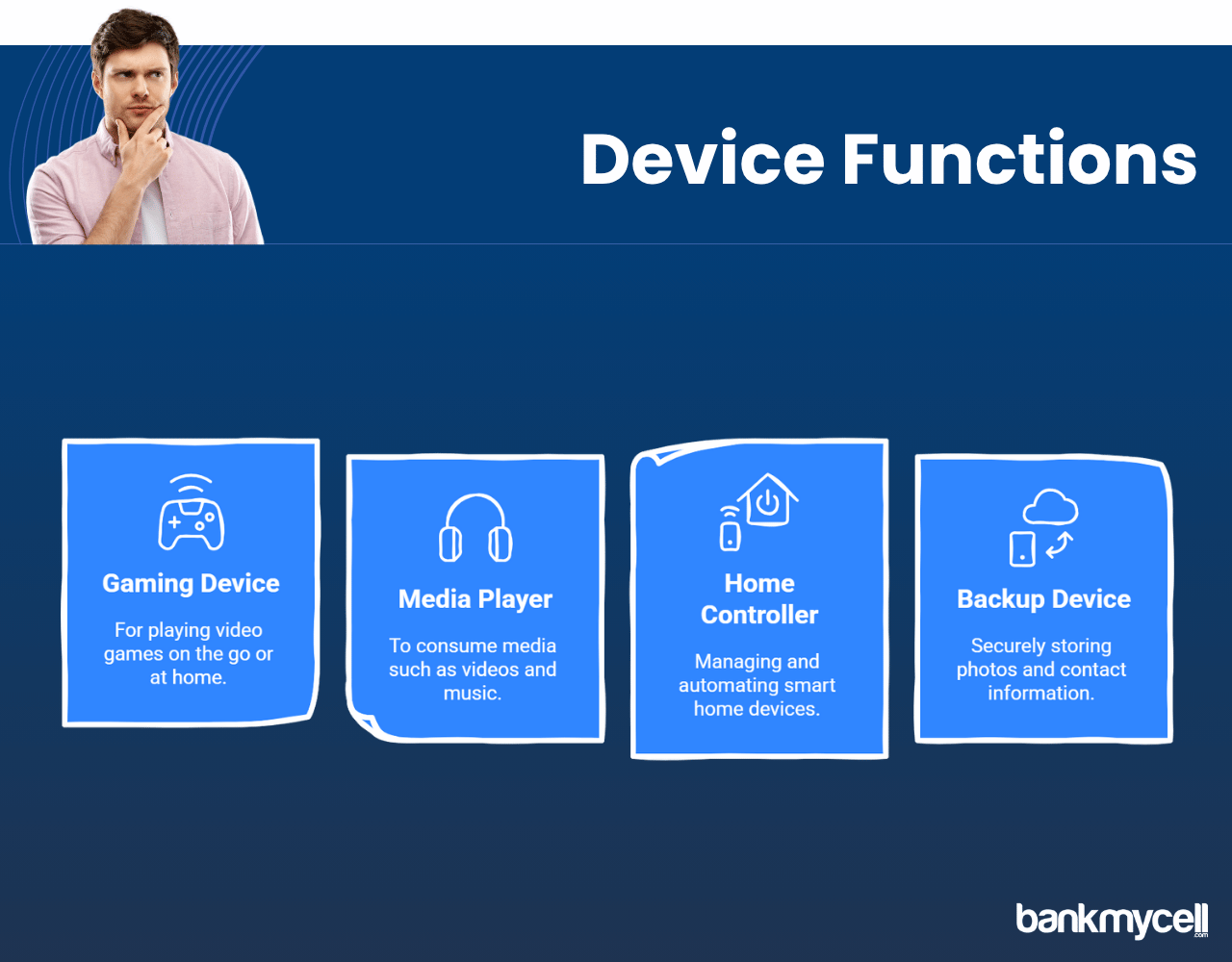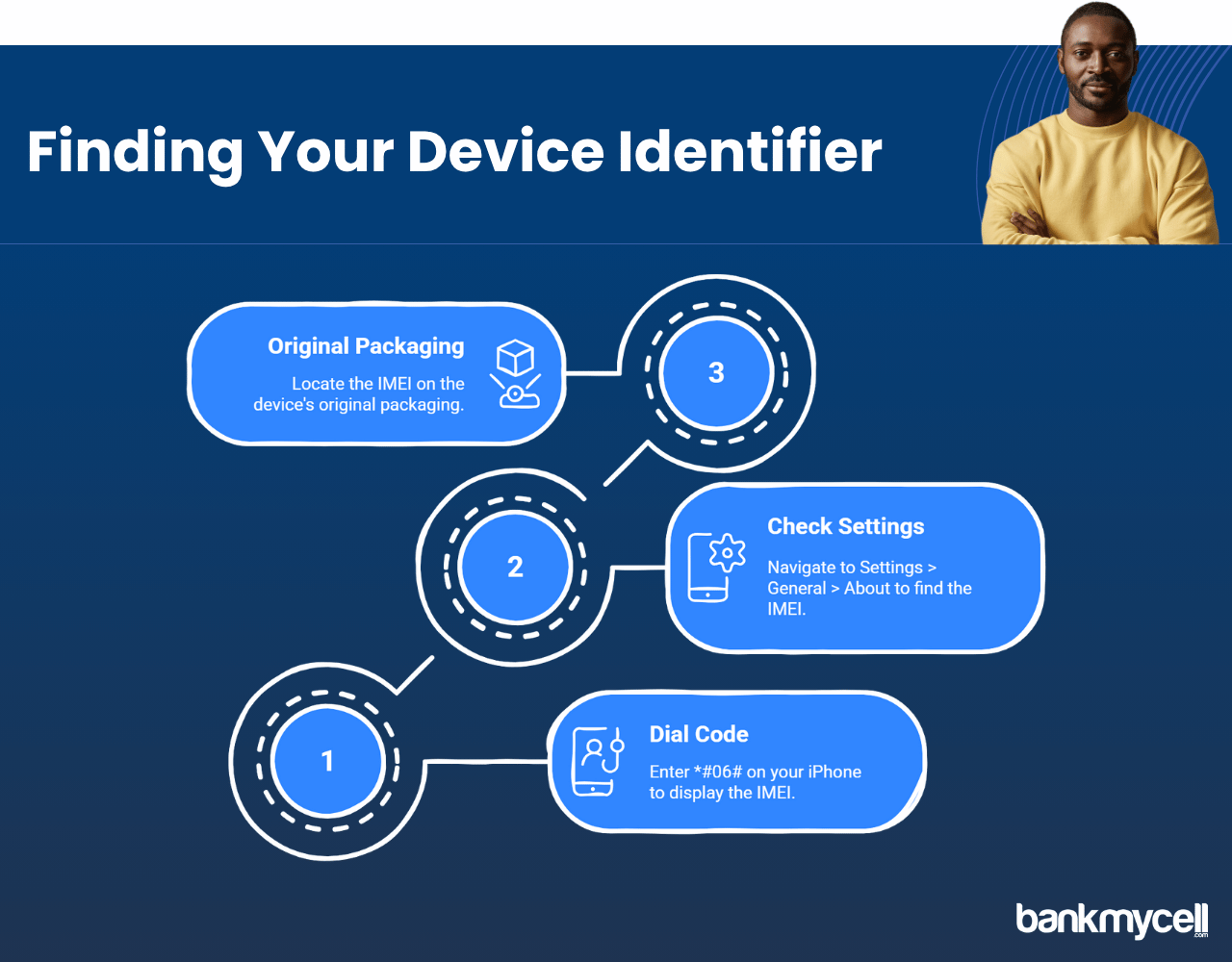Can a Blacklisted iPhone be Used in Another Country? International Mobile Guide
60-Second Summary
It is possible for blacklisted iPhones to function in certain countries, however international blacklist sharing is rapidly increasing making this less and less likely.
International Blacklist Status
- Data-sharing in large countries: US, Canada, UK and Australia exchange IMEI blacklists via GSMA networks
- Increasingly more restrictions: European countries and Latin American countries are moving towards shared systems
- Isolated regions connecting: Asian, African, and Middle Eastern networks that have functioned independently in the past are connecting to one another
- The bottom line: Countries that previously allowed blacklisted phones are being added to the shared international databases
Connectivity Reality Check
- Cellular services: Can only be used in countries that have not entered into blacklist sharing agreements with the home country
- WiFi connection: Functions at all times, regardless of blacklist status – can be used to access WhatsApp, FaceTime, iMessage
- SIM card myth-busting: Changing SIM cards will not bypass an IMEI blacklist
- International roaming myth-busting: Generally does not work due to international roaming agreements between carriers
Legal and Ethical Considerations
- Import bans: Some countries may ban imports of blacklisted devices
- Theft implications: Using stolen devices could be considered accessory to theft
- Customs checks: Some countries do check the IMEI number against blacklists at customs
- Ethical concerns: Buying stolen devices hurts the owners of the stolen property
Alternative Options
- Carrier settlement: Pay the outstanding bills or have the lost/stolen report lifted
- Parts worth (part-out value): Screens, batteries and other components have value
- WiFi-only device: Use as a media player, gaming device, or home automation hub
- Verification tip: Run IMEI checkers before international travel
Bottom Line: Blacklisted iPhones are increasingly finding international usage limited as more countries are added to shared blacklist databases. Seek legitimate solutions rather than banking on international use.
Disclaimer: You can sell blacklisted iPhones as long as you’re the legal owner. For example, if you bought the iPhone from a store or a person and it’s not found or stolen, you can sell it. If you’re unsure, check with the store you choose, and they will guide you.
| TODAY'S BEST USA BLACKLISTED iPHONE BUYBACK OFFERS | |||
|---|---|---|---|
| Device | Blacklisted | ||
| iPhone 16e | $360.00 | Compare | |
| iPhone 16 Pro Max | $1045.00 | Compare | |
| iPhone 16 Pro | $870.00 | Compare | |
| iPhone 16 Plus | $420.00 | Compare | |
| iPhone 16 | $395.00 | Compare | |
| iPhone 15 Pro Max | $730.00 | Compare | |
| iPhone 15 Pro | $650.00 | Compare | |
| iPhone 15 Plus | $335.00 | Compare | |
| iPhone 15 | $345.00 | Compare | |
| iPhone 14 Pro Max | $570.00 | Compare | |
| iPhone 14 Pro | $400.00 | Compare | |
| iPhone 14 Plus | $265.00 | Compare | |
| iPhone 14 | $235.00 | Compare | |
| iPhone 13 Pro Max | $280.00 | Compare | |
| iPhone 13 Pro | $220.00 | Compare | |
| iPhone 13 Mini | $115.00 | Compare | |
| iPhone 13 | $140.00 | Compare | |
| iPhone 12 Pro Max | $150.00 | Compare | |
| iPhone 12 Pro | $140.00 | Compare | |
| iPhone 12 Mini | $115.00 | Compare | |
| iPhone 12 | $100.00 | Compare | |
| iPhone 11 Pro Max | $115.00 | Compare | |
| iPhone 11 Pro | $115.00 | Compare | |
| iPhone 11 | $105.00 | Compare | |
| * Best market prices updated December 26th 2025 | |||

Data Source: BankMyCell compares over 100,000+ quotes and customer reviews from 20+ trusted buyback stores every 15 minutes via our data feeds, making us America’s #1 time-saving trade-in supermarket.
Are you looking to discover if your blacklisted iPhone or any other blacklisted phone can operate overseas?
Many people ask if their blacklisted iPhones will function if transported abroad or sold to other countries.
Here’s the problem:
When iPhones get blacklisted their IMEI numbers are marked in carrier databases which blocks them from accessing cellular networks. Do international carriers recognize a blacklisted device outside your home country?
And that’s not all…
You should be aware of legal and ethical issues related to blacklisted phones that may arise when you use them internationally.
What Makes an iPhone Blacklisted? Understanding Blacklisted Status
We need to define blacklisting and understand its effects on your device before looking at how it operates across international borders.
Carriers add iPhones to the blacklist when they are reported stolen or lost or when they have unpaid bills. The carrier places the phone’s unique IMEI number (International Mobile Equipment Identity) in a blacklist database once it becomes blacklisted similar to assigning a bad ESN.
This means:
- Cellular networks operated by carriers that utilize the database will not allow the device to establish connections.
- The blacklist status is linked to your device’s individual IMEI number rather than your Apple ID or your SIM card.
- Users can connect blacklisted iPhones to Wi-Fi networks despite blacklisting constraints.
- A factory reset on your phone will not remove its blacklisted status.
Think about it
Blacklisting serves as a security measure which prevents theft while protecting consumers against fraudulent activities. The threat of theft would decrease significantly if stolen phones could operate worldwide without restrictions.
Do Countries Share IMEI Blacklist Information?
The success of international blacklisting relies completely on the sharing of blacklist databases between countries. Mobile carriers currently do not share blacklist data universally but this practice is becoming more frequent.
A number of key nations have established partnerships to exchange blacklist data for mobile phones.
Multiple major countries have formed partnerships to exchange blacklist data.
- The United States and Canada operate a joint database for IMEI Blacklist which functions through the GSMA network.
- The GSMA network database includes T-Mobile and Verizon alongside multiple other mobile carriers.
- Mobile carriers in the United Kingdom, Australia, and New Zealand exchange blacklist information among themselves.
- Several European Union nations are now sharing their blacklist information on a growing scale.
- Numerous Latin American nations are presently working to establish shared systems for blacklist information.
The advantage of these systems:
- These systems help prevent iPhone theft across borders along with other mobile devices.
- Protects consumers from unknowingly buying stolen phones
- This system establishes a coordinated strategy for fighting against theft of mobile devices.
Countries with Independent Blacklist Systems
International blacklist data sharing does not include every country in the world. Certain networks in some regions allow blacklisted phones from other countries to function properly.
- Numerous Asian nations operate separate systems for managing their electronic device blacklists.
- Several African countries do not consult international blacklists for their mobile networks.
- Middle Eastern nations display different levels of involvement in global blacklist networks.
More international carriers joining blacklist sharing agreements is quickly changing the current situation.
Got a blacklisted iPhone you can’t use? BankMyCell You can sell your phone to BankMyCell regardless of its condition since they purchase even devices that have been blacklisted so you can buy a new phone.
Can a blacklisted iPhone connect to GSM networks while traveling internationally?
A blacklisted iPhone’s performance while traveling internationally relies on specific factors tied to mobile service providers.
Cellular Connectivity with Blacklisted IMEI
If your home country exchanges blacklist data with another nation your iPhone will probably remain blacklisted and won’t connect to cellular networks.
The iPhone can establish connections with local carriers through the use of a local SIM card in regions where blacklist data sharing is not practiced.
But here’s the truth:
As international blacklist systems gain membership each year most mobile carriers integrate these systems leading to situations where previously functional blacklisted iPhones become unable to operate in countries they once worked in.
WiFi Functionality on Blacklisted Phones
A blacklisted iPhone retains full functionality in these ways regardless of the blacklist status or location it operates in.
- Connect to WiFi networks
- Run apps that don’t require cellular service
- Function essentially as an iPod Touch
- Users can communicate through WiFi-enabled platforms such as WhatsApp together with FaceTime as well as iMessage and other SMS substitutes
Disclaimer: You can sell blacklisted iPhones as long as you’re the legal owner. For example, if you bought the iPhone from a store or a person and it’s not found or stolen, you can sell it. If you’re unsure, check with the store you choose, and they will guide you.
SIM Card Considerations for Blocked IMEI
Many people incorrectly assume they can avoid blacklists by replacing the SIM card in their device. These guidelines highlight essential information about how to use SIM cards with phones that have been blacklisted.
- SIM cards acquired locally in countries where carriers do not share blacklists may enable cellular service on blocked devices.
- International roaming generally fails to operate due to its reliance on agreements between your home carrier and foreign networks.
- eSIM activation fails to work as expected on devices which have been blacklisted and possess blocked IMEI numbers.
Legal Considerations of Using Blacklisted iPhones Abroad
Operating a blacklisted iPhone internationally requires consideration of both legal and ethical standards due to the nature of these blacklisted devices.
Potential Legal Issues with Blacklisted Devices
- Certain nations enforce regulations that prohibit the importation of phones which have been placed on blacklist status.
- If you use devices that have been reported stolen you may be considered an accessory to theft.
- Certain nations require IMEI verification during customs checks.
Ethical Considerations with Blacklisted Phones
- When you use phones on the blacklist you indirectly support the market for stolen mobile devices.
- The use of a stolen phone violates property rights because it takes away from the lawful owner their rightful possession.
- The purchase of blacklisted phones helps sustain markets that frequently deceive unsuspecting consumers on platforms such as eBay.
[Think about it:]
Despite being able to operate a blacklisted iPhone abroad technically it raises significant legal risks and ethical questions about using stolen property.
What options are available for someone who owns a blacklisted iPhone?
A blacklisted iPhone provides multiple legitimate avenues for your device.
1. Resolve the Blacklisting with the Original Carrier
When a phone becomes blacklisted because of unpaid bills or if it was reported as lost but subsequently recovered:
- Reach out to the original carrier to pay any remaining debts
- The original owner must take action to eliminate the lost/stolen report from their device.
- You must supply proof of legitimate purchase if your device acquisition from a previous owner was made without knowing its status.
2. You can still profit from selling a blacklisted device by dismantling it for parts.
The components of blacklisted iPhones retain their worth despite the device’s blacklisted status.
- Screens, batteries, and cameras can be reused
- Repair services often require logic boards because they contain valuable components.
- The housing and smaller components of devices maintain resale potential when sold through third-party services.
3. Use It as a WiFi-Only Device
A blacklisted iPhone remains functional as an unlocked device for various uses.
- A gaming device
- A media player for data consumption
- A home automation controller
- A backup device for photos and contacts
Are you thinking about getting money for your blacklisted iPhone? Sell your blacklisted iPhone through BankMyCell to receive competitive pricing and cash for your next smartphone.
Here’s how to identify if your iPhone is blacklisted when planning to go abroad or purchasing used internationally.
Planning to take your iPhone abroad? Or buying a used iPhone internationally? Follow this guide to check your device’s status by verifying its blacklist status through trusted sources.
Check the IMEI Number for Blacklisting
- Dial *#06# on the iPhone
- Go to Settings > General > About
- The unique identifier can be found by checking the original packaging of the device.
Verify your device’s blacklist status through online IMEI checkers.
You can use multiple services to determine if an IMEI number appears on a blacklist.
- IMEI.info
- SNDeepInfo
- Carrier-specific tools to verify IMEI
- Most services claiming to remove blacklisted IMEIs are fraudulent therefore it is best to avoid them.
Contact the Carrier for Verification
- Contact the original carrier network like T-Mobile or Verizon
- Provide the IMEI number in your request
- Inquire about the international blacklist status of the IMEI number and determine if the carrier offers international services.
Disclaimer: You can sell blacklisted iPhones as long as you’re the legal owner. For example, if you bought the iPhone from a store or a person and it’s not found or stolen, you can sell it. If you’re unsure, check with the store you choose, and they will guide you.
Wrapping It Up
The practice of using a blacklisted iPhone abroad represents a once permissible gray area which now becomes increasingly restricted because more nations join international blacklist databases and networks perform these checks.
You’ll learn how to apply the information from this guide.
- Make informed decisions about blacklisted iPhones
- Discover how blacklisted phones face restrictions when used outside their home country.
- It’s important to evaluate both the legal consequences and ethical considerations before using devices that have blocked IMEI numbers.
- Explore legitimate alternatives for blacklisted devices
A blacklisted iPhone could function on some networks in certain countries but international carriers are increasingly collaborating which means this opportunity for blacklisted devices is disappearing.
Did you ever use phones that were blacklisted during international travel? What was your experience like?
Helpful FAQ's
Will a blacklisted iPhone work in another country if I use a different SIM card?
The effectiveness of using a blacklisted phone in another country relies on whether blacklist data is exchanged between that country and your home nation. A local SIM card may function in regions that do not provide blacklist information to other countries. The phone stays blacklisted in nations that exchange blacklist databases such as the US, Canada, UK, and Australia even if you use a new SIM card.
Can I use WhatsApp/iMessage on a blacklisted iPhone while traveling internationally?
Yes, on WiFi, apps like WhatsApp, iMessage, FaceTime, and all other internet-based communication apps will work on a blacklisted iPhone regardless of your location.
Will factory resetting my blacklisted iPhone make it work in other countries?
No, this will not change the blacklist status. Since this information is stored in the carrier’s blacklist database with the phone’s IMEI number, not on the phone itself, it will remain blacklisted regardless of a factory reset. Performing a factory reset on my blacklisted iPhone will not enable it to function in different countries.
Are there any legal considerations when using a blacklisted iPhone in another country?
Possibly. Some countries ban the import of blacklisted phones, and if it was reported lost or stolen, using it in another country could make you an accessory to theft. In addition, some countries check devices’ IMEI numbers at customs.
Will a blacklisted iPhone for non-payment work in another country?
No, carriers blacklist phones for non-payment in the same way as lost or stolen ones in countries that share blacklist databases, so it will still be blacklisted. In this case, only settling the outstanding balance with the original carrier will fix it.





